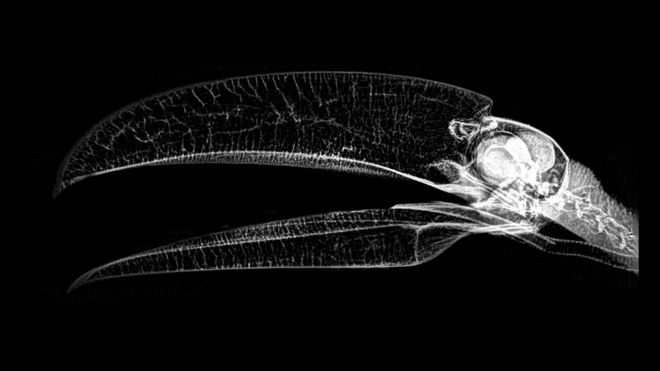Sound good so far? Not if you are one of the people who signed a petition demanding that Denver not "sell" the bears (who were not being sold) and send them together to a "sanctuary." It would be cruel to separate the bears, they argued, as they were in love. Only no. They weren't. Like most male-female bear pairings, they tolerated each other outside of the breeding season. Except their frequent pairings had resulted in no cubs. Incidentally, there are no polar bear sanctuaries in the US, and given the heavy permit regulation surrounding polar bears, I doubt there will be any popping up soon.
Not that it matters. Denver Zoo did exactly what I would have done. They explained their position, politely listened, then put down their heads and did what needed to be done. The female bear is settling into Alaska as we speak.
A few states over, the Cincinnati Zoo is gearing up for a legal battle with The Gorilla Foundation for custody of Ndume , a gorilla that they loaned to TGF decades ago. Ndume was sent to be a companion for Koko, the famous sign-language using gorilla. With Koko's recent death, Ndume was left alone, and under the terms of the agreement, that means he is slated to return to Cincinnati so he can live with gorillas ago. TGF is announcing that they are going to choose not to honor the agreement, and Cincinnati is preparing to take them to court, arguing that not only that a deal is a deal, but that it is morally wrong to keep Ndume in isolation. How whacked out is this? PETA is wading in... on the Cincinnati Zoo's side.
It seems like there are always petitions being circulated to take an animal out from a zoo or to bring an animal into a zoo or some other thing. What I wish that people understood is that the decisions to move animals aren't made on whims. At least in AZA-accredited zoos, they are made based on what is best for the individual animals, as well as for the population as a whole. In the case of Denver, switching out these polar bears is essential if cubs are going to be produced (elsewhere) to contribute to another generation of this threatened species. For Cincinnati, it is to provide care for an animal that the zoo feels like they have an obligation towards. They could leave Ndume sitting in TGF with his human caretakers, but they feel that's not the life for him.
It's okay to be sad when an animal you care about leaves. We get sad too. Sometimes I've doubted the wisdom of my zoo's plans, and often I've wished things could have gone differently. But I've never doubted that there was a plan - as I've risen in the ranks, I've helped make those plans myself. I've had keepers get made at me for sending a favorite animal out. I've always done so based on what I felt was best for the animals involved.
Feel free to ask questions as to the why and how and where when these decisions are made - there is a reason. But please, don't attack the zoo professionals during these moves. They are hard for us, too.

























